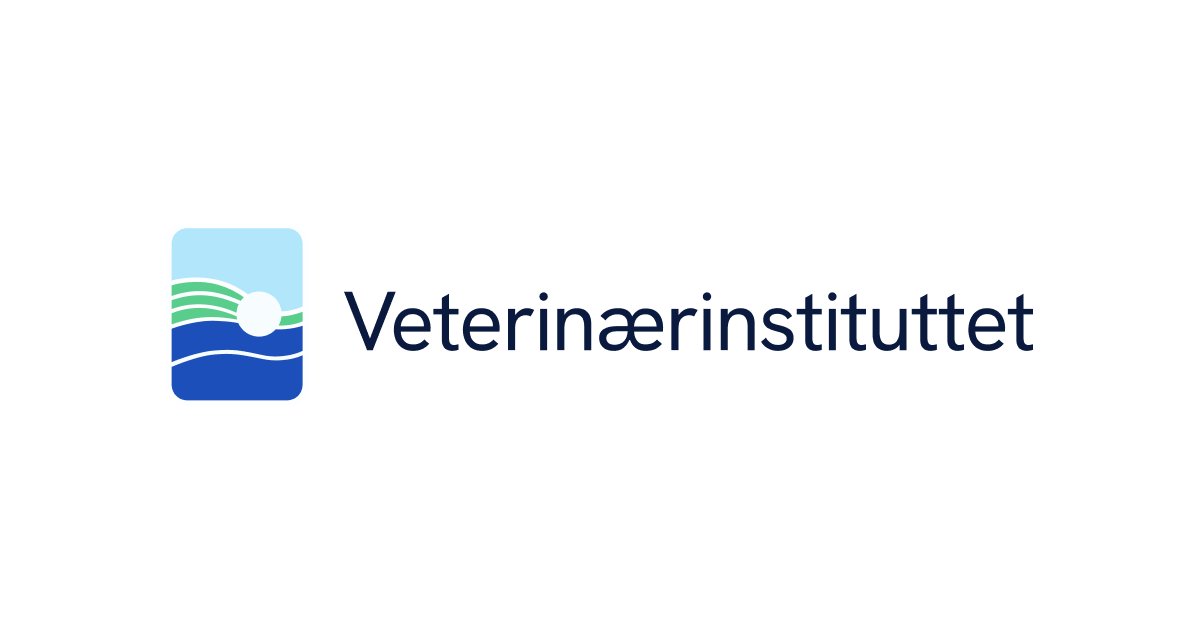Re: Schmallenberg Virus - News and updates - 2013
Schmallenberg virus confirmed in Scotland
Aly Balsom
Friday 19 April 2013
The first case of the Schmallenberg virus (SBV) on a Scottish farm has been confirmed.
Scotland's Rural University College (SRUC) said a deformed calf born into a Dumfriesshire suckler herd had tested positive for the virus.
Last month, eight dairy cows on SRUC's Barony Campus outside Dumfries had tested positive for antibodies to SBV, although there has been no evidence of any calving problems with that herd. The deformed beef calf is the first animal in Scotland to be identified as actually having the disease.
"The report of this recent calving in Dumfriesshire would indicate SBV was spread by midges in the area during last autumn," said Brian Hosie, head of SAC Veterinary Services.
"We would urge farmers to be more alert than ever to potential problems among cattle or sheep and discuss any concerns with their veterinary surgeons."
Farmers Weekly
Schmallenberg virus confirmed in Scotland
Aly Balsom
Friday 19 April 2013
The first case of the Schmallenberg virus (SBV) on a Scottish farm has been confirmed.
Scotland's Rural University College (SRUC) said a deformed calf born into a Dumfriesshire suckler herd had tested positive for the virus.
Last month, eight dairy cows on SRUC's Barony Campus outside Dumfries had tested positive for antibodies to SBV, although there has been no evidence of any calving problems with that herd. The deformed beef calf is the first animal in Scotland to be identified as actually having the disease.
"The report of this recent calving in Dumfriesshire would indicate SBV was spread by midges in the area during last autumn," said Brian Hosie, head of SAC Veterinary Services.
"We would urge farmers to be more alert than ever to potential problems among cattle or sheep and discuss any concerns with their veterinary surgeons."
Farmers Weekly




Comment